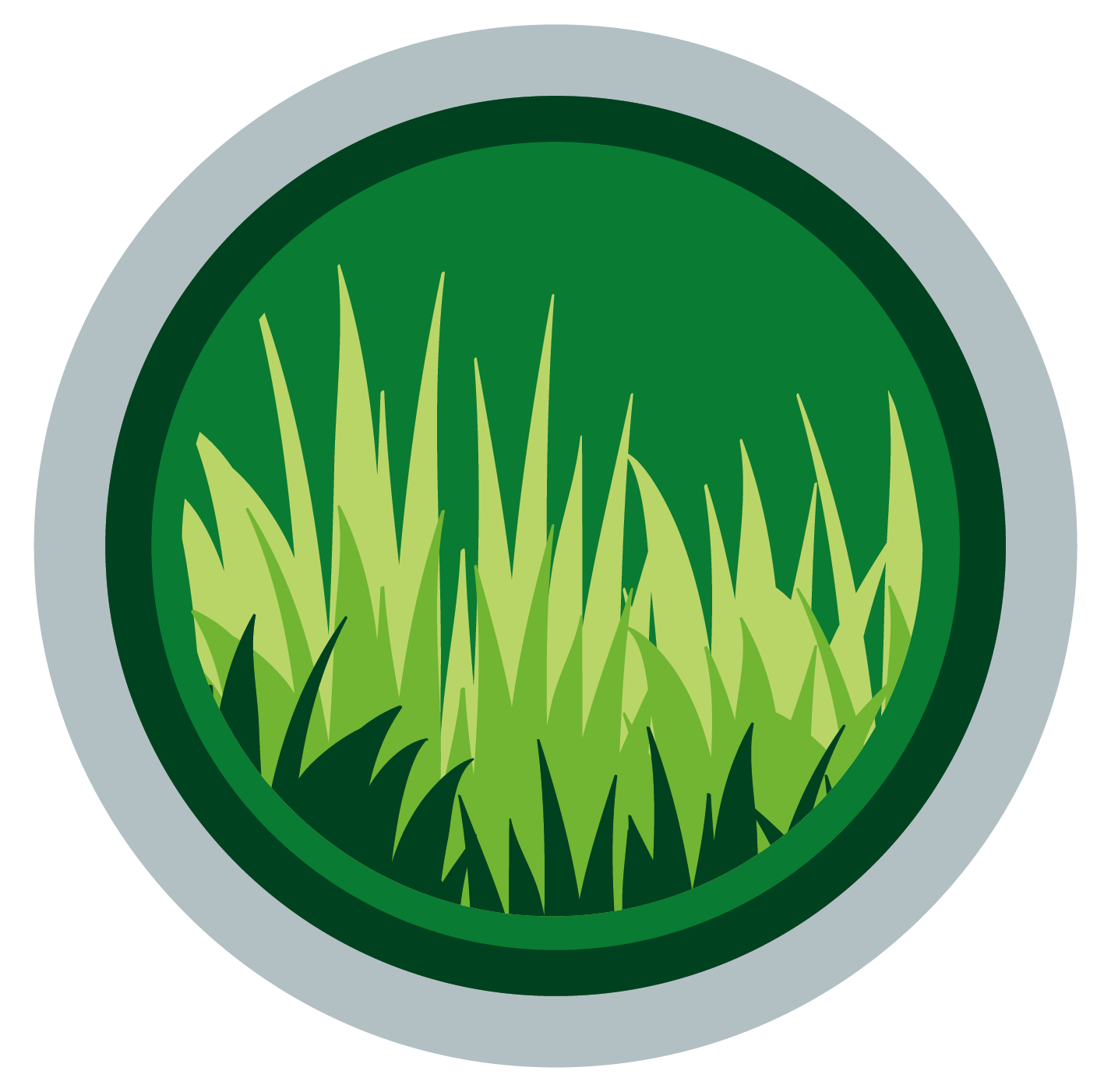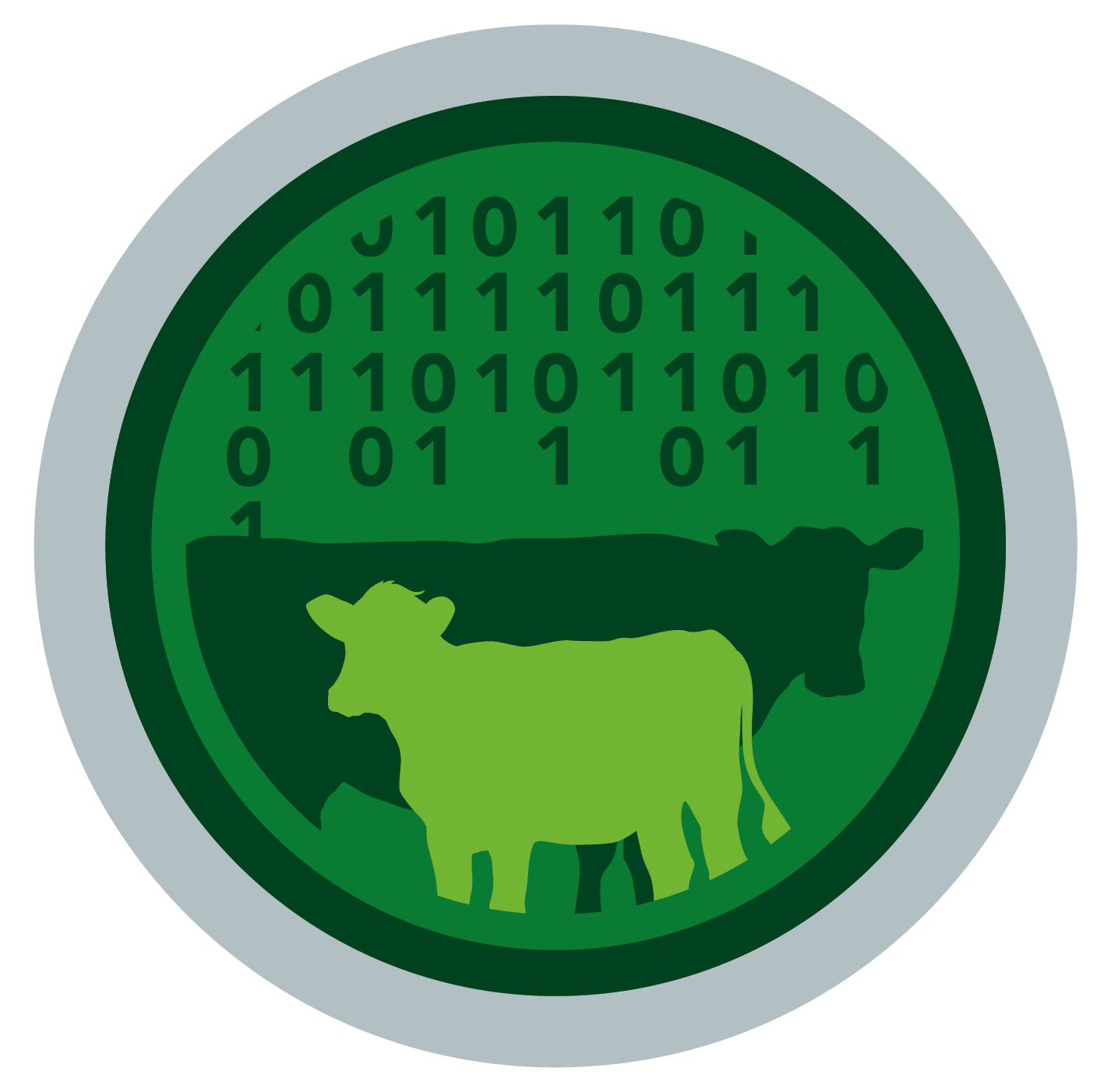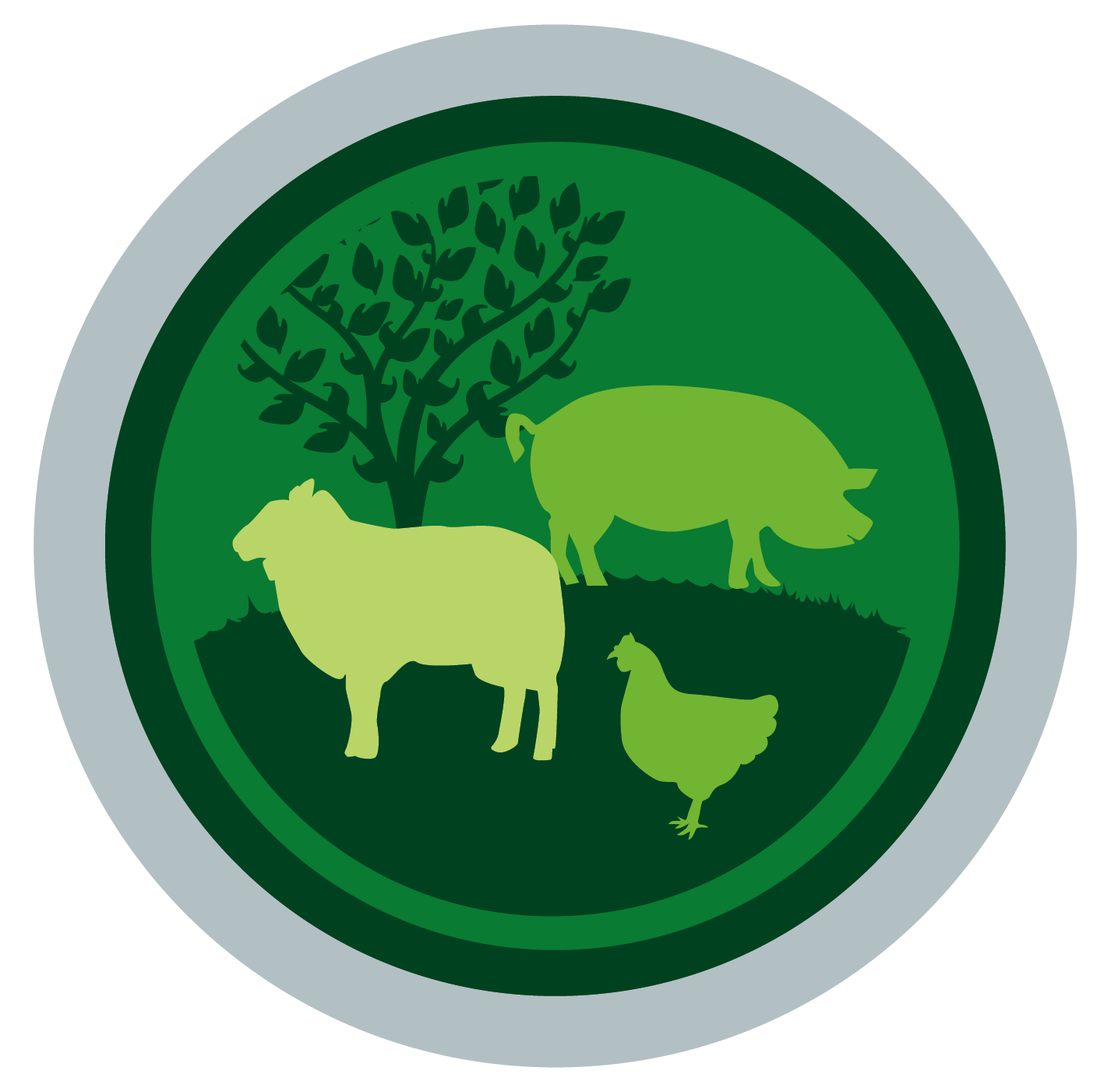
Grassland & carbon sequestration
Covering 61 million ha, grasslands are vitally important, representing 16% of the total area and 40% of the European agricultural area. They serve multifunctional purposes with a large acreage exclusively used as animal feed. Production of dairy, beef and sheep is of major economic importance. There is also a large potential for carbon sequestration and mitigation of climate change by irrigation of grasslands, which can serve as ecosystem services.
Competitive claims on grasslands imposed the importance to create feasible and practicable procedures and best practice recommendations on a mid-term basis. These options should:
- contribute to a reasonable and measureable reduction of greenhouse gas emissions from grassland use;
- be able to be integrated in a an easy way in conventional grassland farming through minor adaptations to regional water and farming management;
- enhance sustainability by efficient manure management with reduced N-emissions in water bodies, ecosystem services as a contribution to biodiversity, landscape protection and carbon storage;
- best be implemented by a common multiactor network from different responsibilities.

Data driven decisions for dairy farmers
The management challenges that farmers face will include – reproduction, udder health, lameness, nutrition, data management, milking data, activity and behaviour, metabolic diseases, calves & young stock, land & grassland management and housing. These are the special interest groups in 4D4F that were chosen by the dairy farming community as the most important.
The technologies that will be covered by the hubs will include – movement sensors on the neck and on the ankle (for heat detection and general levels of activity), thermal cameras (for body condition score scanning, mastitis detection and hoof disease), temperature sensors (in the ear and the reticulum), pH monitors (in the reticulum), LIDAR (for grass growth), microphones(for rumination and cuddling activity), in-line progesterone sensing in the parlour (for heat detection), sensors on the tail and in the birth canal (to detect calving) and environmental sensors (to manage building ventilation).
The hubs demonstrate how these technologies can be used to create data that will improve decision making leading to greater profitability, improved animal welfare and improved environmental performance on the farm.

Robust organic livestock systems
The challenge of organic livestock farming is developing sustainable farming systems that rely on smart ecological intensification and meet societal expectations regarding animal health and welfare. The network will bring together farmers who carry out demonstration activities on livestock organic production, as well as facilitators, advisors and scientists involved in those activities.
The specific objectives of the network will be to share knowledge and experience around problems and solutions related to animal welfare and health management. Demonstration activities will be focused on new practices or technologies that help reduce the use of antibiotics and anthelmintics, improve animal robustness, welfare and feeding strategies.
The second objective is to share knowledge and experience around specificities of demonstration in organic livestock systems that allow engaging conventional farmers, increasing conversions and improving outreach and interaction with consumers.
